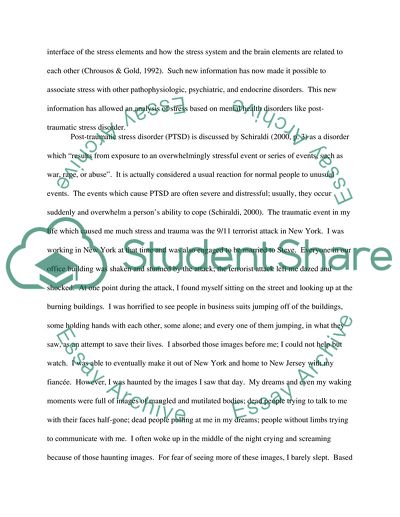Cite this document
(Stress and Post-Traumatic Disorder: Emotional and Physical Trauma Research Paper, n.d.)
Stress and Post-Traumatic Disorder: Emotional and Physical Trauma Research Paper. Retrieved from https://studentshare.org/medical-science/1734039-stress-and-ptsd-post-traumatic-stress-disorder
Stress and Post-Traumatic Disorder: Emotional and Physical Trauma Research Paper. Retrieved from https://studentshare.org/medical-science/1734039-stress-and-ptsd-post-traumatic-stress-disorder
(Stress and Post-Traumatic Disorder: Emotional and Physical Trauma Research Paper)
Stress and Post-Traumatic Disorder: Emotional and Physical Trauma Research Paper. https://studentshare.org/medical-science/1734039-stress-and-ptsd-post-traumatic-stress-disorder.
Stress and Post-Traumatic Disorder: Emotional and Physical Trauma Research Paper. https://studentshare.org/medical-science/1734039-stress-and-ptsd-post-traumatic-stress-disorder.
“Stress and Post-Traumatic Disorder: Emotional and Physical Trauma Research Paper”, n.d. https://studentshare.org/medical-science/1734039-stress-and-ptsd-post-traumatic-stress-disorder.


